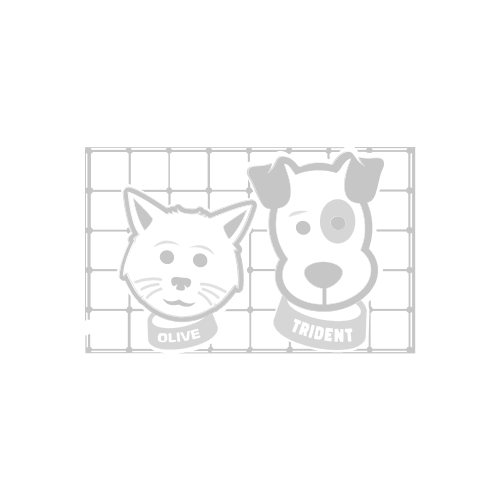History of Pet Cats
In true feline form, cats took their time deciding whether to jump into humans’ laps.
In a new comprehensive study of the spread of domesticated cats, DNA analysis suggests that cats lived for thousands of years alongside humans before they were domesticated. During that time, their genes have changed little from those of wildcats, apart from picking up one recent tweak: the distinctive stripes and dots of the tabby cat.
Researchers surveyed the DNA of more than 200 cats spanning the last 9,000 years, including ancient Romanian cat remains, Egyptian cat mummies, and modern African wildcat specimens. Two major cat lineages contributed to the domestic feline we know today, they report in a study published Monday in Nature Ecology & Evolution.
The earlier ancestors of today’s domestic cats spread from southwest Asia and into Europe as early as 4400 B.C. The cats likely started hanging around farming communities in the Fertile Crescent about 8,000 years ago, where they settled into a mutually beneficial relationship as humans’ rodent patrol.
Mice and rats were attracted to crops and other agricultural byproducts being produced by human civilizations. Cats likely followed the rodent populations and, in turn, frequently approached the human settlements.
“This is probably how the first encounter between humans and cats occurred,” says study coauthor Claudio Ottoni of the University of Leuven. “It’s not that humans took some cats and put them inside cages,” he says. Instead, people more or less allowed cats to domesticate themselves.
A second lineage, consisting of African cats that dominated Egypt, spread into the Mediterranean and most of the Old World beginning around 1500 B.C. This Egyptian cat probably had behaviors that made it attractive to humans, such as sociability and tameness.
The results suggest that prehistoric human populations probably began carrying their cats along ancient land and sea trade routes to control rodents.
Tabby Takeover
By comparing the DNA of cats throughout history, the study captures a glimpse of how the animals were changing even before humans started to cart them across the globe, Ottoni says.
Surprisingly, wild and domestic cats showed no major differences in their genetic makeup, and one of the few traits available for telling them apart was the tabby coat marking.
It was only in the 18th century, however, that the markings became common enough to be associated with domestic cats, and in the 19th century, cat fanciers began selecting cats with particular traits to create fancy breeds.
Purr-fect Pets
Overall, cats became a domesticated companion of humans without changing much, says evolutionary geneticist and article coauthor Eva-Maria Geigl. Domestic cats look similar to wildcats, but they aren’t solitary, tolerating both humans and other cats.
This is in contrast to dogs, the first animals to be domesticated, Geigl adds. Dogs were selected to perform specific tasks—which never was the case for cats—and this selection for particular traits is what led to dogs’ diversification to the many breeds we see today.
“I think that there was no need to subject cats to such a selection process since it was not necessary to change them,” Geigl says. “They were perfect as they were.”
Though everyone might not agree on cats’ perfection, felines are among the most popular pets in the world today, with as many as 74 million cats living in U.S. homes.
“We’re discovering incredible things about where they’ve come from, how far they’ve gone, and what kind of impact they’ve had on humans,” Ottoni says.
“I think studying more about this species is going to open up even more about the domestication process.”

